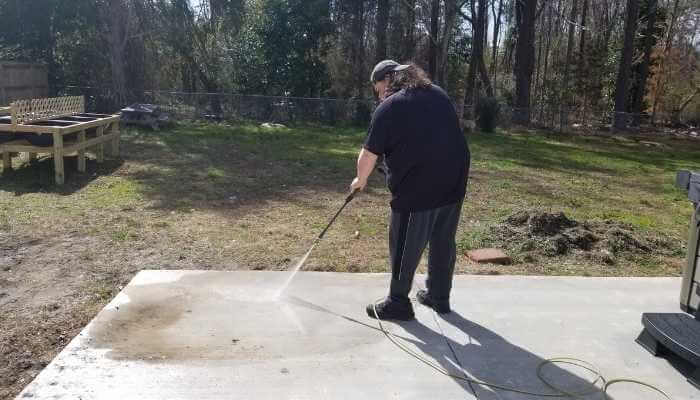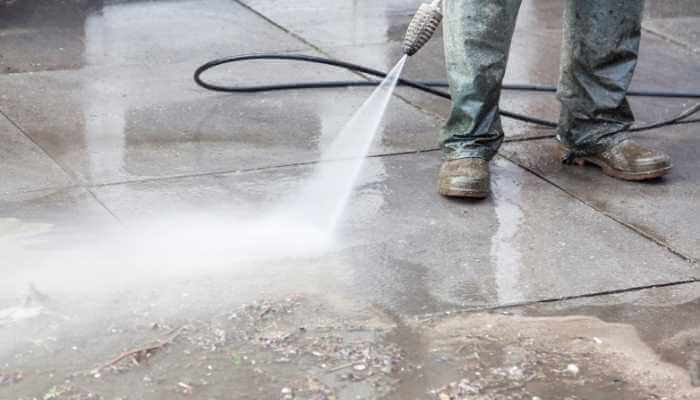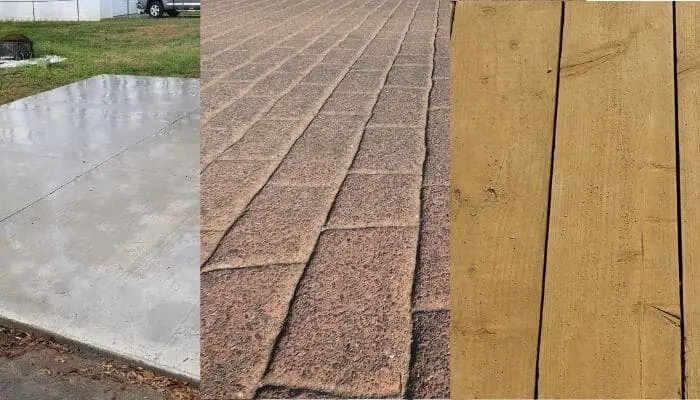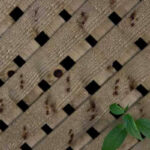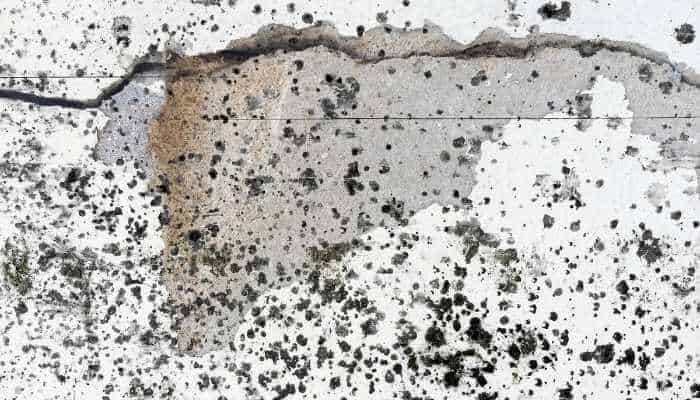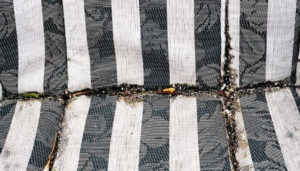Wood decks are the only way to go for a lot of homeowners. If your exit is too high above the ground, you can’t exactly build a concrete pad or use pavers for your outdoor living space. So, building a deck is a must. And unless you want to use high-end Polywood (wood made mostly from recycled plastic that lasts a very long time), the deck is going to be made of wood.
If you have a wood deck, you need to be aware of any signs of structural issues, water damage, wood rot, and fading. You also need to be vigilant about repairing common problems caused by the age of your wood deck, or it can become dangerous instead of fun.
Let’s cover some of these issues in more detail along with what you can do about them and how to prevent them in the first place.
What Are Some Common Structural Issues That Can Be Problematic for Wood Decks?
What are structural issues for decks? Well, it is damage that compromises the integrity of your structure. For decks, this kind of damage usually happens when a deck isn’t installed properly or where there is a specific area of the deck that has deteriorated over time.
The most common structural issue for a wood deck is an issue with the Ledger Board. First, you need to understand what that is. A ledger board is the long horizontal plank that is attached to your home from which the wood deck is then attached. The attachments, the posts, and the post connections between.
If any of these pieces are loose or damaged, it can spell disaster for the rest of the deck. You need to be sure and inspect this yearly; maybe even twice a year. Make sure no water is getting to these structural supports or remaining on them to cause rot. Be prepared to repair anything that’s loose on the spot.
Another issue can be the gaps in between your boards. When installing new boards they should be dry. If they aren’t dry, they should be installed without spacing, because they will eventually dry and shrink, leaving gaps.
Of course, time is also your enemy where gaps are concerned. So you should keep checking for any gaps that could be a tripping danger and replace those boards as soon as you find the issue.
How Do You Deal with Water Damage on Your Wood Deck?
No matter what you have built from wood, whether fence, deck, or furniture, it should be sealed. Unsealed wood will be prone to water damage. And even if you’ve sealed it, damage can still occur over time.
You need to be able to recognize when the sealant needs to be replaced, especially on structural pieces. How do you know when to reapply your sealant? You no longer see water beading on the boards. When that happens, you need to get the pressure washer out and clean the wood, let it dry, then reseal it.
What Can You Do About Wood Rot on a Wood Deck?
Wood rot comes from water damage and moisture and is another issue to expect to deal with when you have wooden decks. Even with a good maintenance plan, wood will eventually rot. That’s why you should always look for signs of rot and replace any boards that have it immediately.
You can tell something is beginning to rot when your wood begins turning black from a mixture of dampness that grows fungus and reacts with the make-up of the wood. You can also see signs of rot when pieces of the wood begin crumbling near nails, screws, or around the corners and edges.
There are ways to remove the black staining and actually salvage wood before it gets to the rotting stage. I covered this while talking about cleaning wood furniture. However, if it’s too late for that, and your wood has too much water damage or rot, it needs to be replaced. Always replace these pieces before you go to the trouble of washing and then resealing the entirety of it.
How Do You Keep Your Wood Deck from Fading, and How Should You Repair It When It Does?
All wood, even if it’s sealed, is going to turn gray as it ages. There are ways to clean your deck and special wood cleaning formulas that can bring back a pop of the original color. You can also stain your wood – and when you do that, you are choosing the color variation you want. Once the wood is cleaned, stained, and dried, it can be resealed.
What Should I Be Aware of When Dealing with Old Decks?
The main complaints when it comes to older wood decks are deteriorating stairs and protruding nails.
Steps are very important because they are the one place where the wood is smaller and has a large surface area – which can be affected by everything I’ve already listed – water damage, rot, also mold, and mildew – especially if they’re close to the main structure. Not to mention, just old age. They can loosen, pull away from the deck, or the boards that make the steps themselves can fail. This is a dangerous fall waiting to happen.
Be sure to keep an eye on your stairs and steps all year long. If an accident is going to happen, this is the number one place for it to occur. And I can tell you from experience that you do not want to be the victim of failing steps.
Nails pop up on a deck because of wood deterioration or just because of settling. Most contractors use corrosion-resistant screws to put a deck together, but older decks may still have nails in them. If the wood doesn’t need to be replaced, you can simply hammer the nails back in. Otherwise, you can pull the troublesome nails out, and replace them with the appropriate screws.
Just remember that if you replace the nails with screws, you should get corrosive-resistant or anti-rust screws that are actually a bit longer than the original nails. That way, when you screw them in, the screw will grab new wood for a sturdier hold.
Something else to think about when it comes to old decks is that they might have been built before the HOA you live with was formed. If you have an HOA, you should check to be sure anything you do to your deck is within the guidelines you agreed to.
Building codes change over time as well. So when you make repairs to an old deck, be sure that your changes are up to code. This is why you may want to opt for a licensed deck contractor, who is familiar with all of the local building codes in your area.
In Conclusion
You can keep a check on your deck and make sure all repairs are handled when you find the need for them. This should be part of your maintenance plan when it comes to your wood deck. If you aren’t comfortable with a DIY plan, you can always hire local, experienced deck contractors to help out.
But, after reading this, you should at least understand how to find problems with your deck. When you do hire someone, you’ll already know what to tell them and you’ll be able to understand better what they’re talking about when they tell you what they find.


